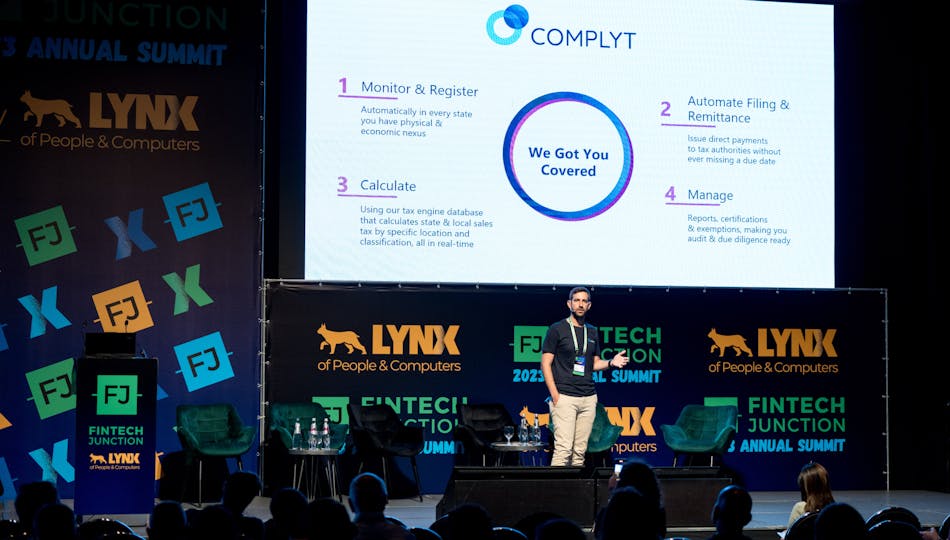- Product
Infrastructure
Applications
Data
Logs
Security
- Code Security
- Software Composition Analysis
- Static Code Analysis (SAST)
- Runtime Code Analysis (IAST)
- IaC Security
- Cloud Security
- Cloud Security Posture Management
- Cloud Infrastructure Entitlement Management
- Vulnerability Management
- Compliance
- Cloud SIEM
- Workload Protection
- App and API Protection
- Sensitive Data Scanner
- Security Labs Research
- Open Source Projects
- Secret Scanning
Digital Experience
Software Delivery
Service Management
AI
Platform Capabilities
- Customers
- Pricing
- Solutions
- Financial Services
- Manufacturing & Logistics
- Healthcare/Life Sciences
- Retail/E-Commerce
- Government
- Education
- Media & Entertainment
- Technology
- Gaming
- Amazon Web Services Monitoring
- Azure Monitoring
- Google Cloud Monitoring
- Oracle Cloud Monitoring
- Kubernetes Monitoring
- Red Hat OpenShift
- Pivotal Platform
- OpenAI
- SAP Monitoring
- OpenTelemetry
- Application Security
- Cloud Migration
- Monitoring Consolidation
- Unified Commerce Monitoring
- SOAR
- DevOps
- FinOps
- Shift-Left Testing
- Digital Experience Monitoring
- Security Analytics
- Compliance for CIS Benchmarks
- Hybrid Cloud Monitoring
- IoT Monitoring
- Real-Time BI
- On-Premises Monitoring
- Log Analysis & Correlation
- CNAPP
Industry
Technology
Use Case
- About
- Blog
- Docs
- Login
- Get Started
Finance
24 Employees
Tel Aviv
About Complyt
Complyt is a sales tax automation platform that simplifies compliance. With Complyt, any business can easily monitor, calculate and remit sales tax.
“When you have a tool that's very fast, integrates with your cloud provider, and lets you understand where you spend your money, it's very easy to dig deep into utilization of your compute resources.”

Alexander Tilkin
Cofounder and CTO
Complyt

“When you have a tool that's very fast, integrates with your cloud provider, and lets you understand where you spend your money, it's very easy to dig deep into utilization of your compute resources.”
Alexander Tilkin
Cofounder and CTO
Complyt
Why Datadog?
- Product integrations make Complyt more secure and faster while reducing costs
- Helped team reconfigure network topology to reduce risks
- Enables team to right-size and trim cluster resources they aren’t using
Challenge
Complyt needed to ensure blazing performance while reducing risks as it expanded its customer base and the volume of transactions it handles grew from approximately 1.5 million transactions a month to 5 million.
Key Results
700–800 ms → 150 ms
Reduced transaction processing time
40% reduction in cloud spend
Due to ability to identify and rightsize unused cluster resources
SLO met
50 requests in 350 ms on average
Improving visibility while expanding its customer base
Complyt is a Tel-Aviv-based startup that built a sales tax automation platform to simplify compliance by allowing businesses to monitor, calculate, and remit sales tax online. The company initially focused on B2B customers in Europe but is now looking to expand into the US and work with B2C customers. Doing so means they will handle a much larger volume of transactions and need high availability and performance. “Currently, we are handling about 1.5 million transactions per month, but since we’re aiming for B2C customers and large organizations, we’re going to handle closer to 5 million,” says Alexander Tilkin, cofounder and CTO. “We need to prepare to manage a much larger scale.”
For Complyt, poor performance is unacceptable. If its finance department cannot process a transaction, it could result in a loss of revenue for customers. It would also put them at risk for churn. As it began expanding its cloud footprint, Complyt also started to experience application attack attempts. As it moved from a monolithic application to a micro-services based architecture across multiple services on both the client and server sides, observability became more complex because each integration would need to be configured. Tilkin realized his team needed better visibility into their IT environment. “We needed to understand fast what was happening in the application and when there were issues on our backend,” he says.

Leveraging the power of an integrated solution
While searching for a new observability solution, Tilkin conducted a limited trial of Datadog Log Management and serverless infrastructure monitoring. He also tested other open source observability platforms, but they lacked the integrations he needed. Once he saw how Datadog Application Performance Monitoring (APM) could help, Tilkin made a 180-degree shift to focus on Datadog. “When I added APM and saw how easily I could correlate between APM and traces and logs, I realized this was a great tool,” Tilkin says. “This is not like anything else on the market.”
Complyt’s R&D team then created Datadog dashboards and encouraged company members to monitor them daily. “The product’s health should be important to everybody, not only the R&D team,” says Tilkin. “We are here to serve our customers. We utilize Datadog for this, and it’s very helpful.”
As he dove deeper into Datadog’s capabilities and saw how its products work together seamlessly, Tilkin added App and API Protection (AAP) to identify services exposed to application attacks. “That was an eye-opener for me,” he says. “Once I enabled AAP, I started to receive alerts about hundreds of attack attempts on our microservices. I realized people could access parts of our sales tax microservices that were not supposed to be accessible.”
That realization helped Tilkin rethink his system architecture in AWS to isolate subnets to prevent unauthorized access to microservices. “Datadog helped me understand what was exposed to the public which shouldn’t be, and helped us reconfigure our network topology,” Tilkin adds. “After the reconfiguration, the attacks stopped.”
Finally, Tilkin added Datadog Cloud Cost Management (CCM) when he saw cloud costs grow and didn’t understand why. “With Datadog, we were able to integrate cost data from AWS and build a visualization that helped give us a clear idea of where we were spending and where there was no usage,” he says.
“If you want to make your product better, more secure, and faster and spend less money, Datadog is a great tool.”
That allowed Tilkin’s team to rightsize clusters they were barely using but were still paying for. “In an hour, we cut our total AWS costs by 40 percent,” he says. “When you have a tool that’s very fast, integrates with your cloud provider, and lets you understand where you spend your money, it’s very easy to dig deep into utilization of your compute resources.”
Going forward, Tilkin and his team will use Datadog to continue to break down organizational security and cost management silos and create a culture of security and cost accountability. They’ll also rely on APM to improve the performance of their flagship application and service level objectives (SLOs). For example, the company previously used an external service provider to calculate customer sales tax rates. When they processed a transaction that used the external service, it took roughly 700-800 ms. But when the volume of transactions increased, response time spiked to 2 to 3 seconds. The APM flamegraph allowed them to visualize the time spent on various resources. As a result, they found that as the traffic load increased, all the resources scaled well except for the external service. In response, they wrote their own service, which brought their average processing time down to 150 ms. It also helped them reach their SLO of 50 requests, each processed in 350 ms on average.
Improving performance helps grow the business
Tilkin says using Datadog to measure all performance, cost, and security factors and to see where they can make changes to improve them will help them grow the business. “That’s important because that is part of how we convince new customers to try our product,” he says.
Overall, Datadog’s integrated solutions are helping Complyt scale securely and cost-effectively. “If you want to make your product better, more secure, and faster and spend less money, Datadog is a great tool,” says Tilkin. “Datadog has been a wonderful partner, and I look forward to seeing how we continue to benefit from the partnership as we grow.”




